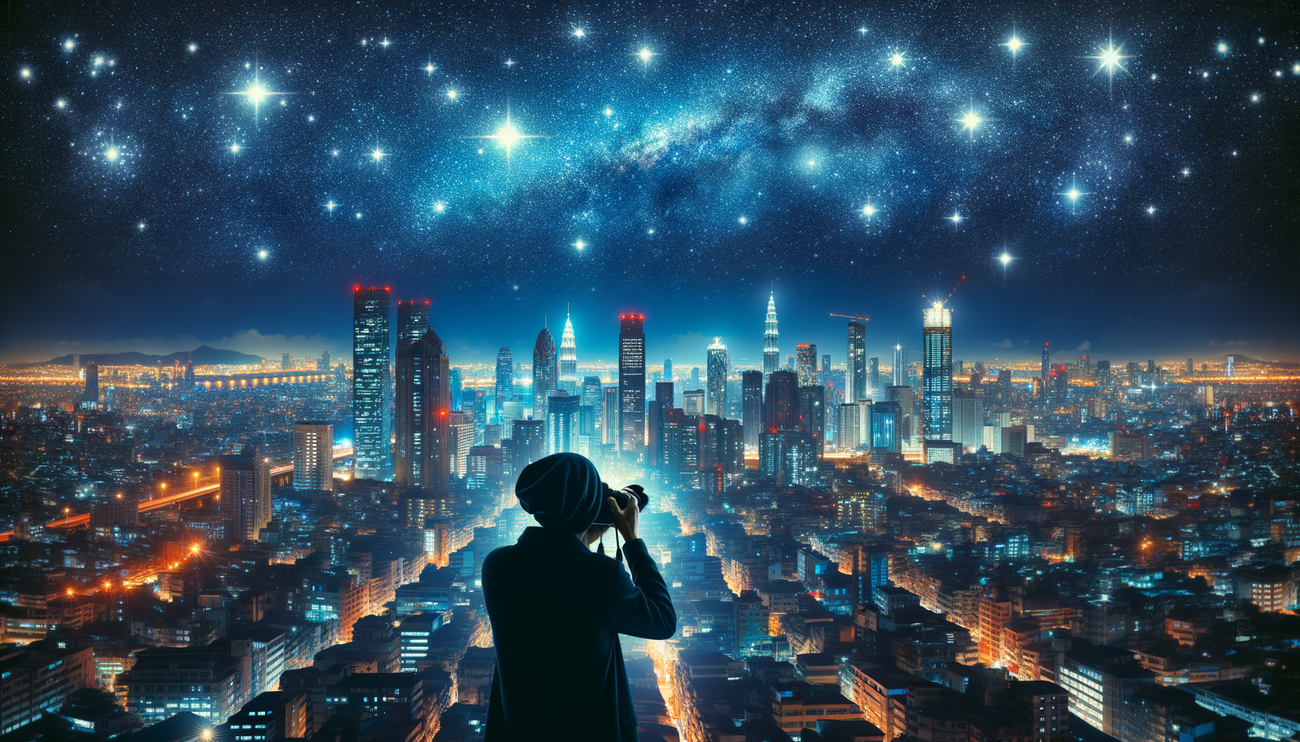
Night photography is a fascinating world full of possibilities and creativity. Many photographers dream of learning how to capture the beauty that unfolds only after dark. In this article, we will dive into the world of night photography, discussing the key techniques, tips, and equipment that will help you capture the magic of the night in your photos.
Night photography is different from daytime photography, and it’s essential to understand how to use various techniques to achieve the best results.
1. Preparing for the Shoot
Before heading out for a night shoot, it’s crucial to prepare well. Make sure you have all the necessary equipment. In this section, we will discuss some key elements you will need.
- Camera: It’s recommended to use a DSLR or mirrorless camera capable of long exposures.
- Stabilizer: A tripod is an essential piece of equipment if you plan to use long exposures.
- Lenses: A wide-angle lens is perfect for capturing vast night landscapes. You might also need fast lenses to shoot in low-light conditions.
- Filters: Neutral density filters can help manage light, especially when shooting bright light sources in the dark.
2. Choosing the Right Location
Finding the right spot for night photography can be challenging. Here are some tips:
- Look for locations with minimal light pollution — the night sky looks much better away from city lights.
- Consider natural landscapes like mountains, bodies of water, or open fields to create an interesting backdrop for your shots.
- Try to be at a higher viewpoint — high-altitude views, like cityscapes, are often stunning.
3. Camera Settings
Proper camera settings can significantly affect the final result. It’s advisable to use the following settings:
- ISO: Start with ISO 800 and adjust depending on the available light. Higher values will help capture details but can introduce noise.
- Aperture: Use a low f-stop (e.g., f/2.8 or f/4) for maximum light capture.
- Shutter Speed: This can range from 10 seconds to several minutes, depending on the lighting conditions and desired effect.
4. Composition and Light
As with any photography, composition matters. Apply composition rules like the rule of thirds to enhance your image. Also, think about how light impacts your shot:
- Utilize nighttime illumination — streetlights, car headlights, and other light sources create interesting effects.
- Experiment with light trails and the traces of moving subjects when setting a long exposure.
5. Post-Processing and Editing
Don’t forget about post-processing. Use programs like Adobe Lightroom or Photoshop to enhance your images. You can adjust brightness, contrast, and color to achieve the desired result.
Night photography is not just a technique; it’s an art that requires time and practice. Don’t be afraid to experiment and try new things, as this will help you grow as a photographer.


